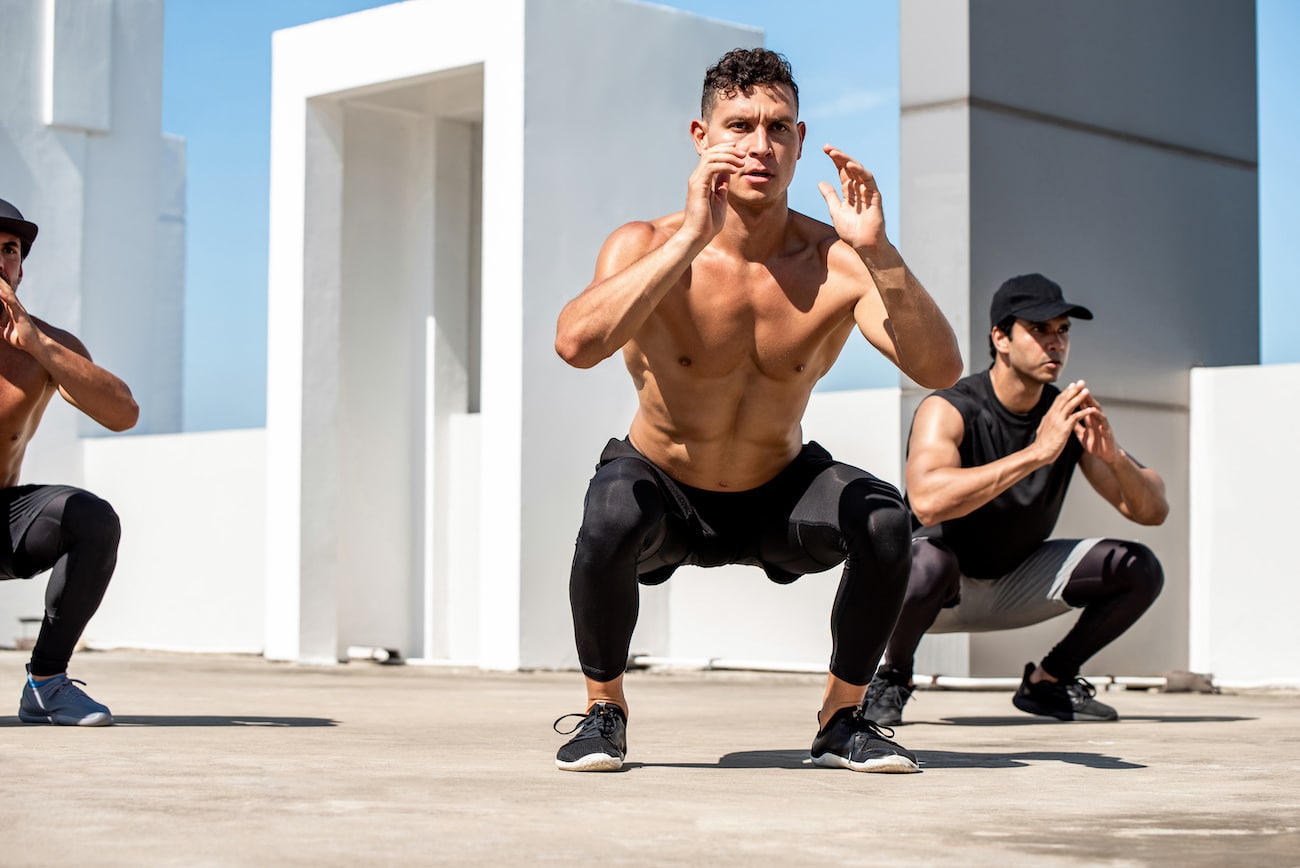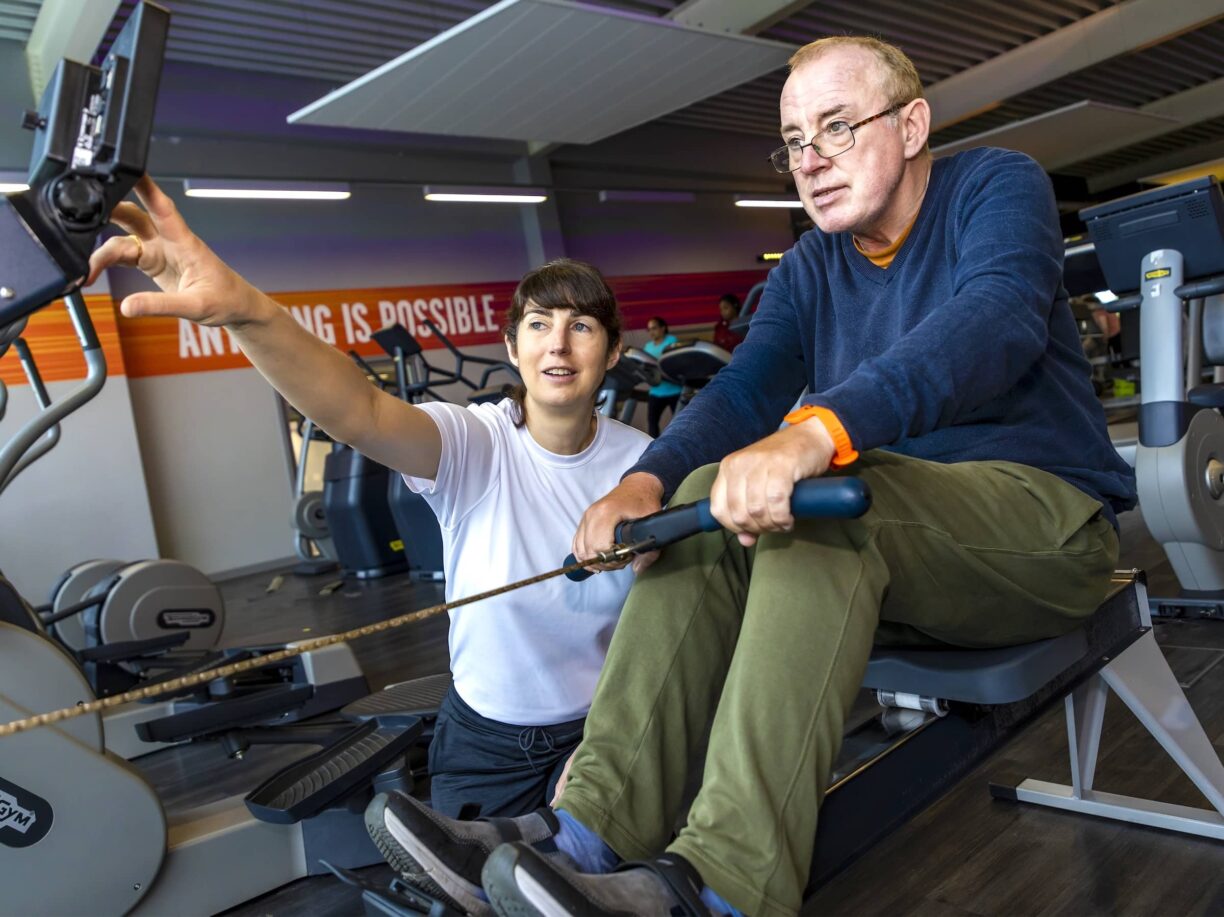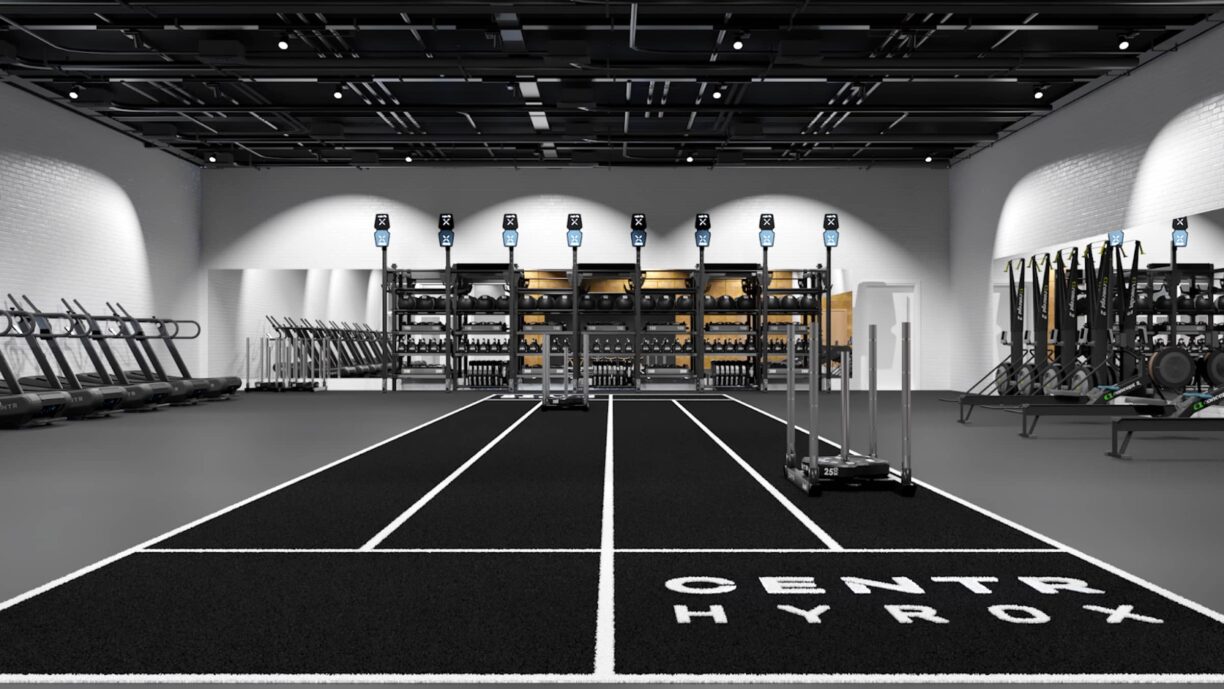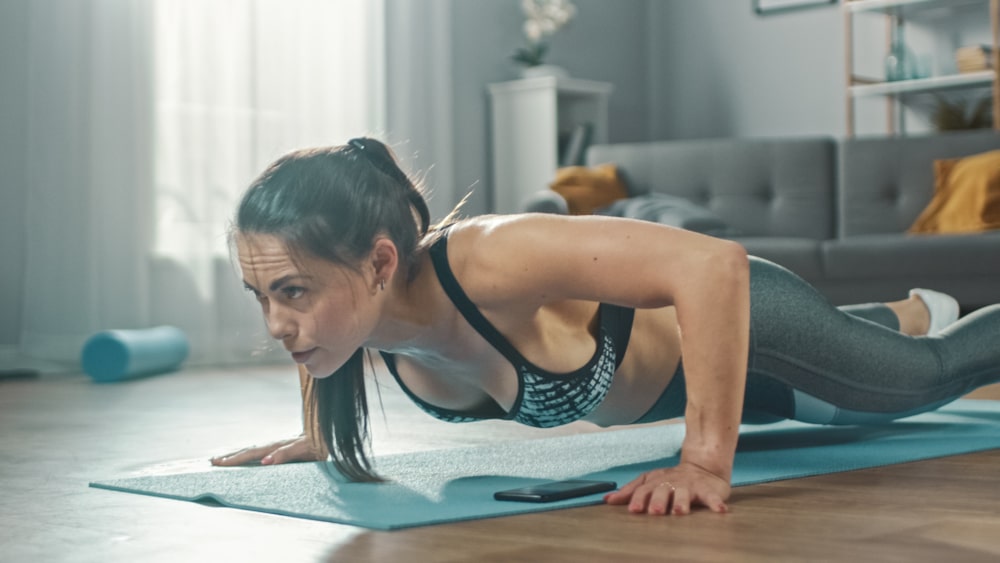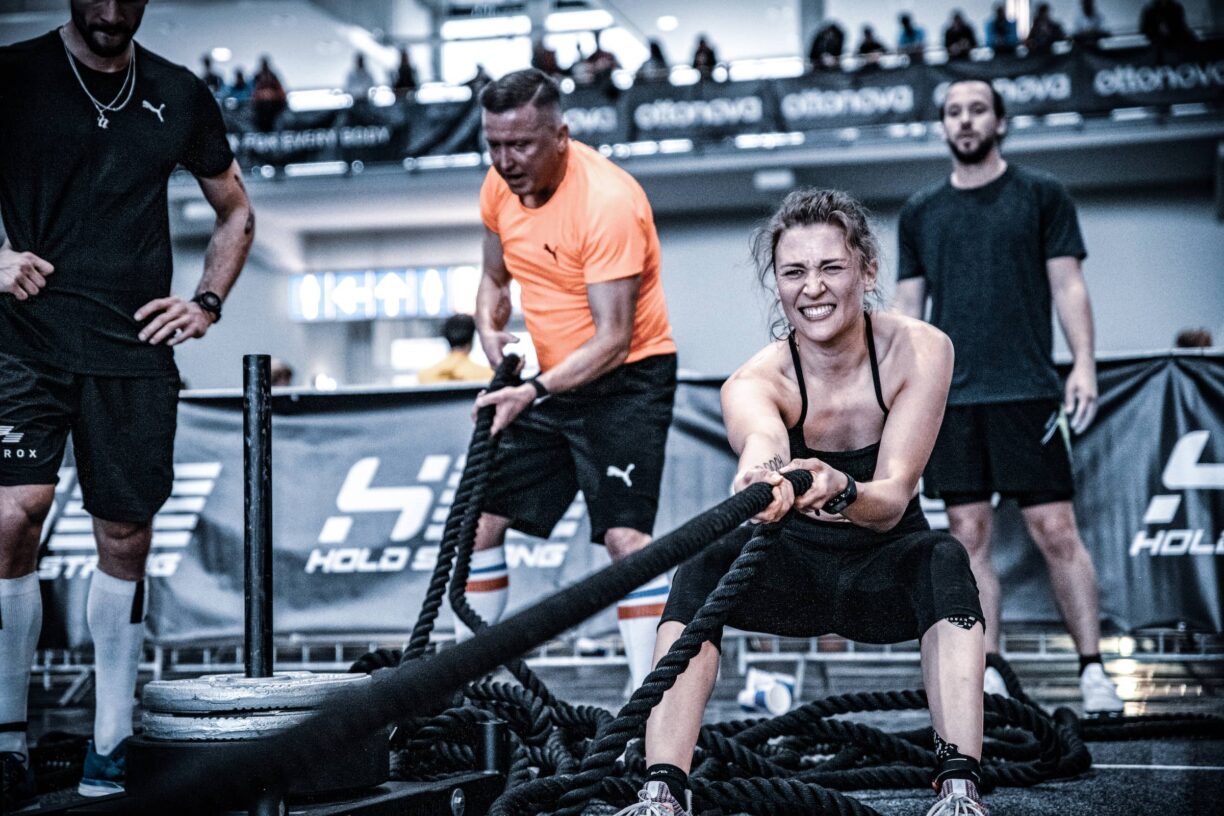With the announcements of group outdoor exercise being allowed from 29th March, and gyms reopening (7 weeks and counting, people!) temperature specialists Stelrad wanted to ascertain the perfect temperature for a fat burning workout.
50 volunteers were given Fitbits and asked to do the same 20-minute HIIT workout. They did this workout once a day for 8 days, in different temperature conditions each day.
Calorie burn was measured on the Fitbits, and the participants were asked to record if they felt their exercise performance was hindered by temperature.
Study Highlights:
- Contrary to popular belief, a hotter workout temperature doesn’t mean more calories burnt
- The best temperature to workout in terms of calorie burn is 20 °C
- Gym’s in the UK normally have their thermostats set between 16 – 18 °C, therefore NOT maximising calorie burn potential!
- The most comfortable temperature to workout is 15 °C, with 0% of respondents reporting temperature related discomfort.
- The lowest calories burnt were at the highest temperature of 40 °C.
- Temperature experts at Stelrad said “At a higher temperature your body has to work harder to keep your body cool, hence burning more calories.
- However, when you’re too warm, you are unable to workout at the same intensity.
- Therefore, it’s important to find the sweet spot where your body is warm and burning extra calories, but you can also go full throttle with your workout”.
Full Study Results:
| Room temperature °C | Average calories burnt | % of respondents who felt their performance was hindered by temperature-related discomfort |
| 5 | 233 | 84 |
| 10 | 240 | 56 |
| 15 | 242 | 0 |
| 20 | 252 | 8 |
| 25 | 243 | 64 |
| 30 | 229 | 86 |
| 35 | 221 | 88 |
| 40 | 219 | 98 |
Methodology:
- Stelrad provided 50 volunteers with Fitbits
- They were asked to complete a 20-minute HIIT workout each day, for 8 days, at a different temperature
- Air conditioning and heating were used to create the desired daily workout room temperatures
- They measured calorie burn on their Fitbits and were also asked to record if they felt their performance was hindered by temperature-related discomfort.
- The average calorie burn was worked out across the group of 50 volunteers by adding up their total daily calorie burn and dividing it by 50.

